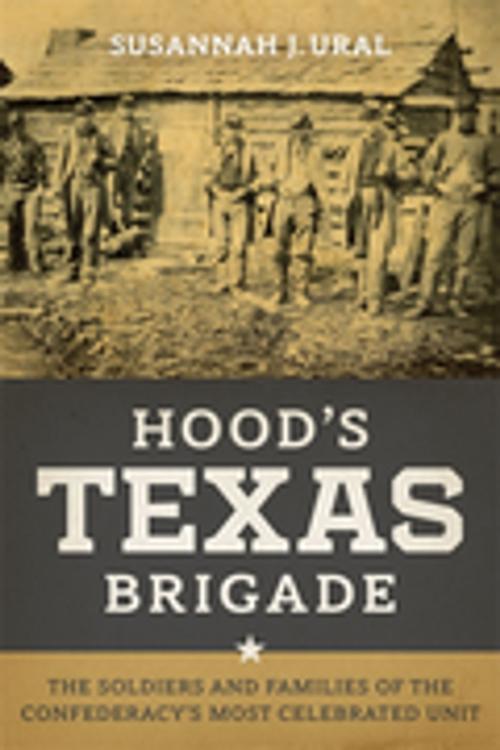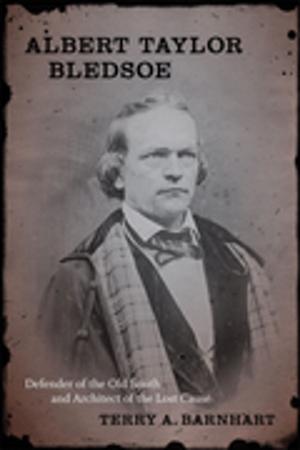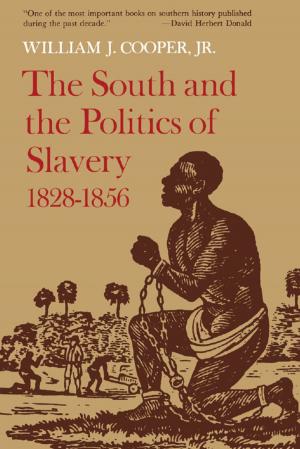Hood's Texas Brigade
The Soldiers and Families of the Confederacy's Most Celebrated Unit
Nonfiction, History, Americas, United States, Civil War Period (1850-1877)| Author: | Susannah J. Ural | ISBN: | 9780807167618 |
| Publisher: | LSU Press | Publication: | November 13, 2017 |
| Imprint: | LSU Press | Language: | English |
| Author: | Susannah J. Ural |
| ISBN: | 9780807167618 |
| Publisher: | LSU Press |
| Publication: | November 13, 2017 |
| Imprint: | LSU Press |
| Language: | English |
One of the most effective units to fight on either side of the Civil War, the Texas Brigade of the Army of Northern Virginia served under Robert E. Lee from the Seven Days Battles in 1862 to the surrender at Appomattox in 1865. In Hood’s Texas Brigade, Susannah J. Ural presents a nontraditional unit history that traces the experiences of these soldiers and their families to gauge the war’s effect on them and to understand their role in the white South’s struggle for independence.
According to Ural, several factors contributed to the Texas Brigade’s extraordinary success: the unit’s strong self-identity as Confederates; the mutual respect among the junior officers and their men; a constant desire to maintain their reputation not just as Texans but as the top soldiers in Robert E. Lee’s army; and the fact that their families matched the men’s determination to fight and win. Using the letters, diaries, memoirs, newspaper accounts, official reports, and military records of nearly 600 brigade members, Ural argues that the average Texas Brigade volunteer possessed an unusually strong devotion to southern independence: whereas most Texans and Arkansans fought in the West or Trans- Mississippi West, members of the Texas Brigade volunteered for a unit that moved them over a thousand miles from home, believing that they would exert the greatest influence on the war’s outcome by fighting near the Confederate capital in Richmond. These volunteers also took pride in their place in, or connections to, the slave-holding class that they hoped would secure their financial futures. While Confederate ranks declined from desertion and fractured morale in the last years of the war, this belief in a better life—albeit one built through slave labor— kept the Texas Brigade more intact than other units.
Hood’s Texas Brigade challenges key historical arguments about soldier motivation, volunteerism and desertion, home-front morale, and veterans’ postwar adjustment. It provides an intimate picture of one of the war’s most effective brigades and sheds new light on the rationales that kept Confederate soldiers fighting throughout the most deadly conflict in U.S. history.
One of the most effective units to fight on either side of the Civil War, the Texas Brigade of the Army of Northern Virginia served under Robert E. Lee from the Seven Days Battles in 1862 to the surrender at Appomattox in 1865. In Hood’s Texas Brigade, Susannah J. Ural presents a nontraditional unit history that traces the experiences of these soldiers and their families to gauge the war’s effect on them and to understand their role in the white South’s struggle for independence.
According to Ural, several factors contributed to the Texas Brigade’s extraordinary success: the unit’s strong self-identity as Confederates; the mutual respect among the junior officers and their men; a constant desire to maintain their reputation not just as Texans but as the top soldiers in Robert E. Lee’s army; and the fact that their families matched the men’s determination to fight and win. Using the letters, diaries, memoirs, newspaper accounts, official reports, and military records of nearly 600 brigade members, Ural argues that the average Texas Brigade volunteer possessed an unusually strong devotion to southern independence: whereas most Texans and Arkansans fought in the West or Trans- Mississippi West, members of the Texas Brigade volunteered for a unit that moved them over a thousand miles from home, believing that they would exert the greatest influence on the war’s outcome by fighting near the Confederate capital in Richmond. These volunteers also took pride in their place in, or connections to, the slave-holding class that they hoped would secure their financial futures. While Confederate ranks declined from desertion and fractured morale in the last years of the war, this belief in a better life—albeit one built through slave labor— kept the Texas Brigade more intact than other units.
Hood’s Texas Brigade challenges key historical arguments about soldier motivation, volunteerism and desertion, home-front morale, and veterans’ postwar adjustment. It provides an intimate picture of one of the war’s most effective brigades and sheds new light on the rationales that kept Confederate soldiers fighting throughout the most deadly conflict in U.S. history.















